Problem Areas
What is Excess Hair?
Excess hair refers to an abnormal growth of hair in areas where it is typically minimal or absent, such as the face, chest, or back. This condition can be caused by a variety of factors, including hormonal imbalances, genetics, and certain medical conditions. Excess hair growth can be distressing and affect self-esteem, making it important to address the underlying causes and seek effective treatments.
Causes of Excess Hair
- Hormonal Imbalances: Conditions such as polycystic ovary syndrome (PCOS), adrenal gland disorders, or other hormonal disruptions can lead to increased hair growth.
- Genetics: A family history of hirsutism or excessive hair growth can increase the likelihood of developing excess hair.
- Medications: Certain medications, such as anabolic steroids or testosterone treatments, can stimulate hair growth.
- Ethnic Background: Some ethnic groups are more prone to developing excess hair due to genetic and hormonal factors.
Potential Negative Outcomes If Left Untreated
- Cosmetic Concerns: Excess hair can affect appearance, leading to self-esteem issues and social discomfort.
- Emotional Impact: The presence of unwanted hair can cause emotional distress, anxiety, or depression.
- Skin Irritation: Frequent hair removal methods, such as shaving or waxing, can lead to skin irritation, ingrown hairs, and infections.
- Underlying Health Issues: Excess hair may be a symptom of a more serious underlying medical condition that requires attention and treatment.
Best Treatments For Excess Hair
One of the most popular methods for managing excess hair is laser hair removal, which uses concentrated light to target and destroy hair follicles, leading to long-term hair reduction. This method is precise and effective, providing significant and lasting results with minimal discomfort. Another option is electrolysis, a technique that involves applying an electric current to individual hair follicles to permanently destroy them. For those seeking less invasive solutions, topical treatments containing ingredients like eflornithine can help slow hair growth. Additionally, oral medications, such as anti-androgens or hormonal therapies, may be prescribed to address the underlying hormonal imbalances contributing to excess hair.
This method uses laser technology to target and destroy hair follicles, reducing hair growth over time. It is effective for long-term hair reduction and can be used on various body areas.
Electrolysis involves inserting a tiny needle into the hair follicle and applying an electric current to destroy the follicle, preventing future hair growth. It is a permanent hair removal solution.
Prescription medications, such as oral contraceptives or anti-androgens, can help regulate hormone levels and reduce hair growth in women with hormonal imbalances.
Creams containing eflornithine can slow down hair growth when applied to the skin, particularly on the face. Creams containing eflornithine can slow down hair growth when applied to the skin, particularly on the face.
These methods provide temporary hair removal by pulling hair from the root, leading to smoother skin for several weeks.
These options offer quick and temporary hair removal, but they may need to be performed frequently and can sometimes cause skin irritation.



